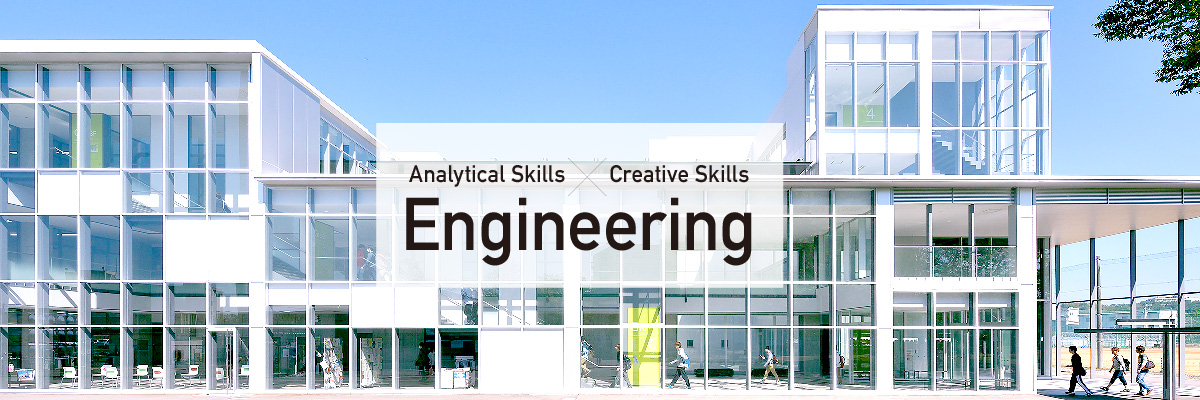Research Themes
My research primarily focuses on two aspects in control engineering:
- System modeling
- Control design
1. System Modeling
System modeling is used in control engineering to simulate, predict, and design regulators. These systems can be nonlinear, time-varying, and/or stochastic. Due to the complexity of such topic, I decided to encapsulate "system modeling" as an independent unit of my research.
I am particularly passionate about modeling three-dimensional, complex mechanical systems. With the huge improvement of the computational power in the last few decades, it is now possible to optimize algorithms to simulate the system dynamics in real time. In particular, we can use general-purpose computing on graphics processing units (GPGPU), where highly parallelized computations with large data throughputs are emphasized.
Applications range from simulating large, convoluted mechanical systems in the academic environment, to realistically simulating complex phenomena (e.g., object collisions, body deformation, fluids, gas, etc.) in game and physics engines. Other useful applications include simulating/predicting human motions (e.g., walking, pedaling, etc.) for rehabilitation in medical-related fields.
2. Control Design
A controller can be added to a system so that its output is forced to follow a trajectory, or its state stabilizes to a desired equilibrium. For example, a cruise controller can be added to a car to maintain a desired constant speed. The speed is automatically regulated, and there is no need for the driver to provide the input. That is, the speed of the car is now "controlled".
2.1. Control Paradigms
In my experience, there exist two paradigms of control algorithms: (i) the model-based control, and (ii) the model-free control paradigms. In a nutshell, a model-based control algorithm is an algorithm that makes direct use of the plant model to compute the control using the plant sensors. A model-free control algorithm, on the contrary, is an algorithm that does not make direct use of the plant model, and either adapts to the system dynamics or uses fixed gains to compute the control with the help of the sensors.
2.2. Control Engineering and Machine Learning: A Possible Combination?
With the miracle of the internet of things, data can be stored more and more efficiently and in greater amounts. We can thus imagine using these data to learn the plant model, without an a-priori knowledge of the system dynamics. Learning complex systems is possible through machine learning.
I am particularly interested in merging both model-based and model-free algorithms. At first sight, both worlds seem antagonistic, but I believe that we can still discover numerous synergistic features to create more powerful controllers. I believe this merge is possible through the combination of traditional tools in control engineering with learning tools in machine learning.

